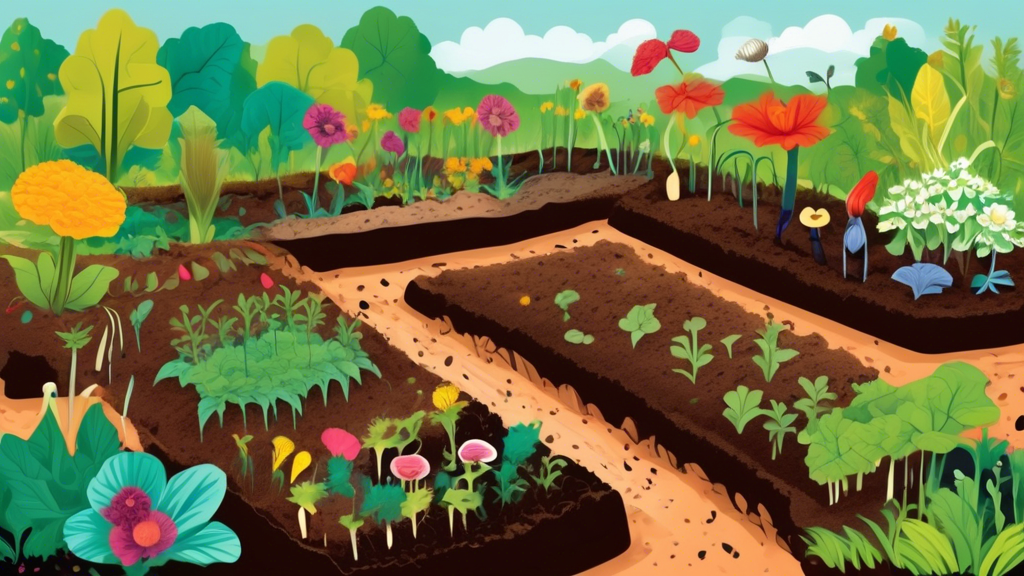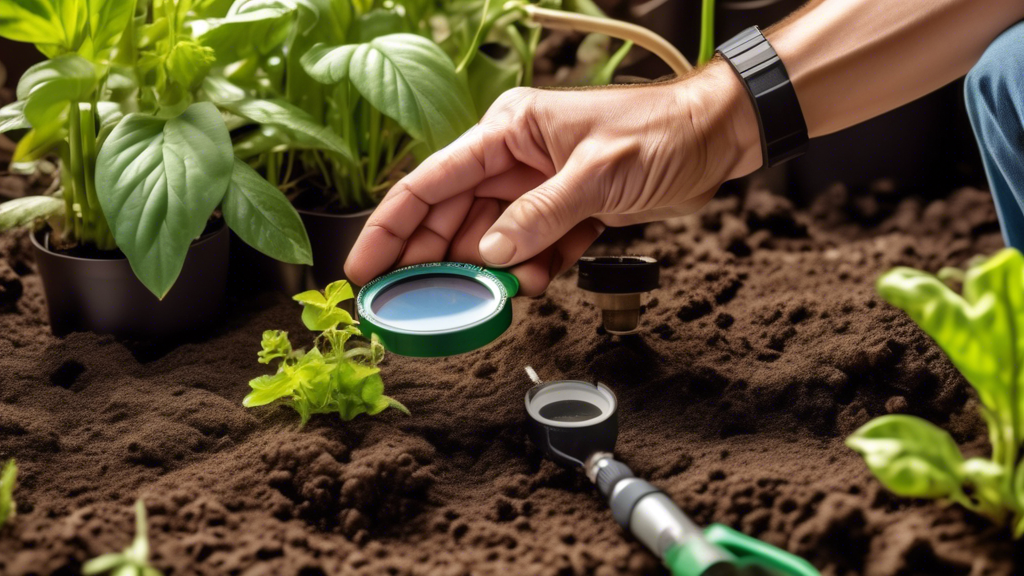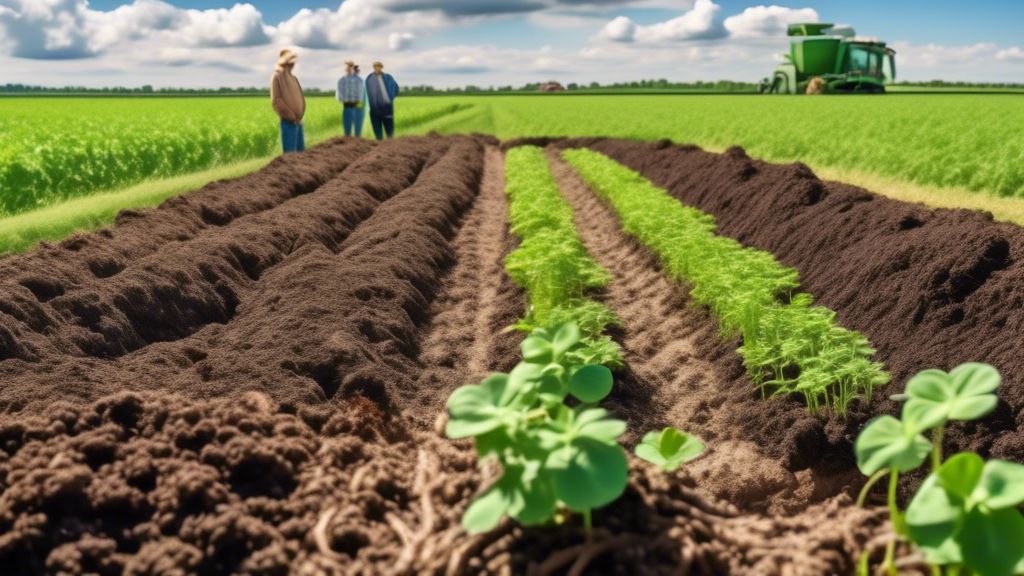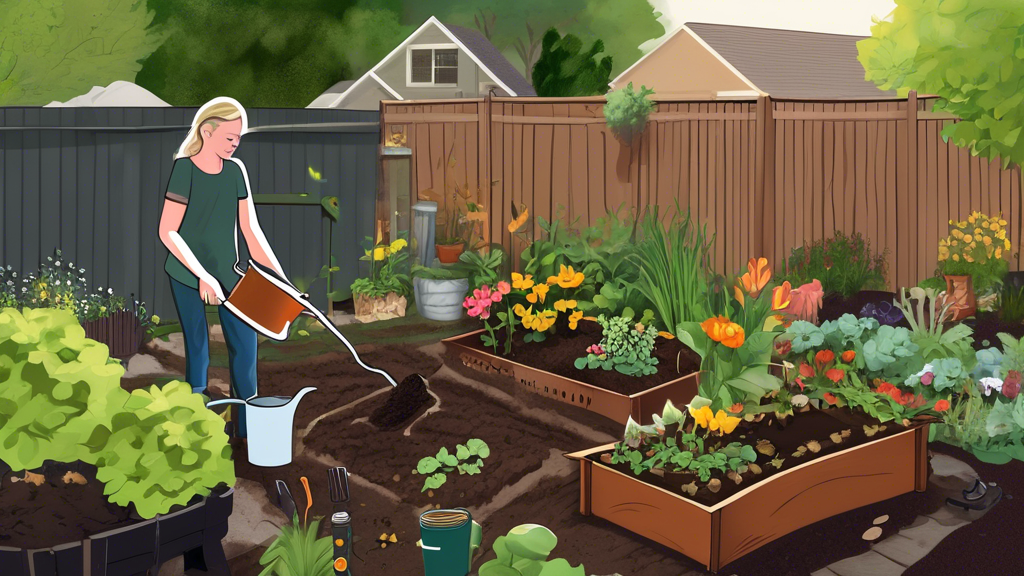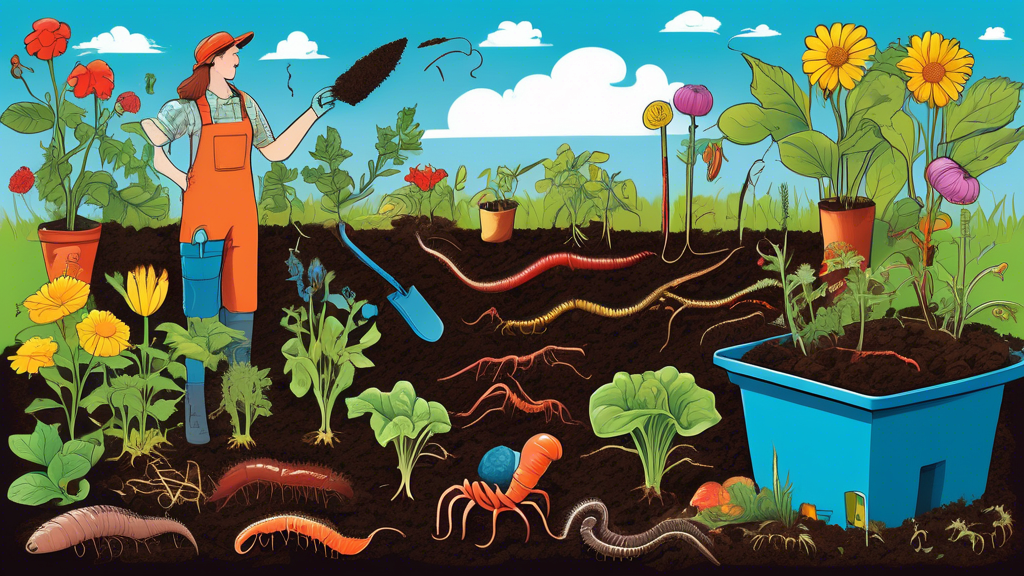
Why Your Garden is Begging for a Soil Health Plan
The Hidden Costs of Neglected Soil
Many gardeners face recurring issues that stem directly from poor soil conditions. You might notice plants that are stunted or discolored despite regular care, constant battles with pests and diseases, soil that’s either hard as concrete or washes away with minimal rain, and water management problems where moisture either pools on the surface or drains too quickly. Perhaps most frustrating is falling into the “more fertilizer” trap—needing increasing amounts of synthetic inputs just to maintain basic plant health.
The Rewards of a Strategic Approach
Implementing a soil health plan transforms these challenges into opportunities. You’ll significantly reduce your reliance on chemical fertilizers and pesticides, improve your garden’s drought resistance and water efficiency, achieve higher yields with more vibrant and nutritious produce, and gradually build a resilient ecosystem that improves with each passing season.
Step-by-Step: Creating Your Custom Soil Health Plan
Step 1: The Soil Test – Your Essential Starting Point
Begin with a professional lab test rather than DIY kits for accurate baseline data. Key metrics to analyze include pH levels, nitrogen-phosphorus-potassium (N-P-K) ratios, organic matter percentage, and Cation Exchange Capacity (CEC), which measures your soil’s ability to hold nutrients.
Step 2: Understand Your Soil Texture – Sand, Silt, or Clay?
Perform the simple “jar test” at home by shaking soil samples with water and observing the settlement layers. Your soil’s texture directly dictates your aeration and water management strategies throughout your plan.
Step 3: Feed the Soil Ecosystem, Not Just the Plants
Focus on building organic matter through compost, aged manure, and leaf mold. Here’s a unique insight: plants participate actively in their own nutrition through the “Liquid Carbon Pathway,” where they exude sugars through their roots to feed beneficial microbes in exchange for nutrients. This is why maintaining diverse plant life often proves more effective than simply adding compost.
| Organic Material | Benefits | Application Rate |
|---|---|---|
| Compost | Improves structure, adds nutrients | 1-3 inches annually |
| Aged Manure | High in nitrogen, boosts microbial life | 1-2 inches annually |
| Leaf Mold | Excellent moisture retention | 2-4 inches as mulch |
Step 4: Embrace No-Till & Minimal Disturbance Methods
| Method | Impact on Soil | Long-term Results |
|---|---|---|
| Tilling | Short-term aeration but destroys soil structure and microbial habitats | Decreased organic matter, increased erosion |
| No-Till | Protects fungal networks and soil organisms | Improved water infiltration, stable carbon storage |
Step 5: Maintain Ground Cover – Mulch and Cover Crops
| Soil Condition | Consequences | Solutions |
|---|---|---|
| Bare Soil | Erosion, crusting, weed growth, temperature extremes | Apply organic mulch, plant cover crops |
| Covered Soil | Temperature regulation, weed suppression, erosion prevention | Maintain 2-4 inch mulch layer, use living cover |
Step 6: Cultivate Biodiversity – Above and Below Ground
Diversify your planting strategy with polycultures rather than monocultures, and actively encourage beneficial insects while nurturing the complex web of soil life including bacteria, fungi, protozoa, and nematodes that form the foundation of plant health.
Addressing Specific Soil Challenges with Your Plan
Challenge: Compacted Soil
Plan Solution: Transition from tilling to using broadfork aeration and planting deep-rooted daikon radishes as a cover crop to naturally break up compacted layers.
Challenge: Poor Water Retention
Plan Solution: Systematically increase organic matter percentage and implement wood chip mulch to dramatically improve your soil’s sponge-like quality and water-holding capacity.
Frequently Asked Questions About Soil Health Planning
How often should I test my soil?
Begin with annual testing to establish baselines and track progress. Once your soil reaches balanced conditions, testing every 2-3 years is typically sufficient for maintenance monitoring.
Can I create a soil health plan for container or raised bed gardening?
Absolutely! The same fundamental principles apply. Focus on high-quality compost, crop rotation, and organic, slow-release fertilizers to maintain a vibrant soil ecosystem, even in confined spaces.
Is developing a soil health plan for sustainable gardening expensive?
This approach represents an investment that yields significant long-term savings. You’ll dramatically reduce spending on fertilizers, pesticides, and water over time. Many key components, such as homemade compost and leaf mulch, can be sourced for little to no cost.
How long until I see noticeable results from my soil health plan?
Some improvements like enhanced soil workability can appear within a single season. However, major transformations in soil structure and biological activity typically develop over 3-5 years of consistent implementation.


